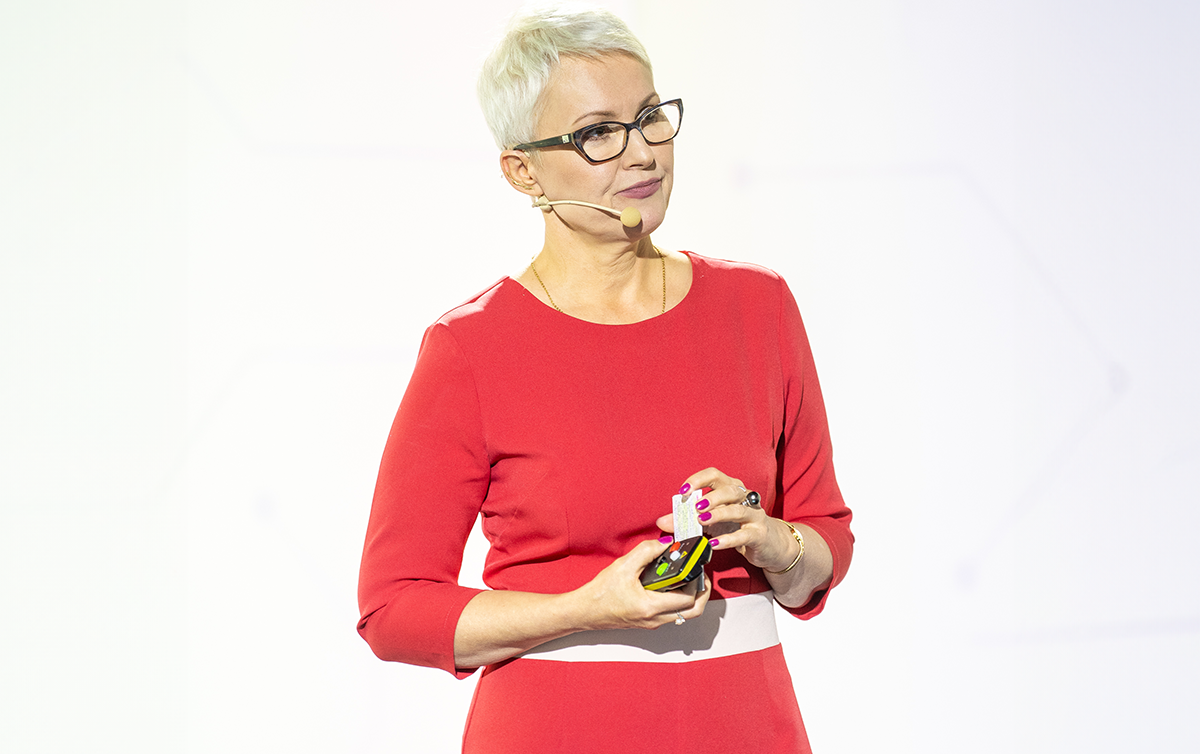The numerous benefits of taking care of wellbeing
Soon, namely in 2025, a huge gap in the Polish labour market is expected.There will be a shortage of up to 1.5M people on the market.[1] This is why you should act now. Because, as a matter of fact, only the companies that make real investment in people will be able to survive “the 2025 syndrome”. Of course, this does not mean financial investment only. Rather, what matters is a well-thought-out wellbeing strategy tailored to the specifics of a given company.
Moreover, wellbeing is not just a question of attracting and retaining talent. A study conducted by CIPD found that a properly designed wellbeing strategy can provide a company with the following benefits [2]:
increased productivity by 27%,
improved work-life balance by 43%,
higher commitment of employees by 46%,
reduced absenteeism by 25%.
On the other hand, according to a report by Deloitte, as many as 43% of organisations that are implementing wellbeing strategies believe that wellbeing strengthens their vision and mission, 60% point to improved employee retention rates, and 61% to increased productivity and business performance. [3]
Conversely, if you don’t take care of wellbeing, you can expect problems in the key areas affecting company performance. According to experts, this includes stress (67%), job burnout (46%) and anxiety (37%).[4]
There are two key findings from the study. Firstly, a wellbeing strategy can be extremely effective. Secondly, its effects cover a wide variety of parameters. Therefore, it is first necessary to identify and distinguish the key parameters for an organisation, the optimisation of which will bring the best results.
You need to determine what areas require intervention and to what extent. In short, to create a wellbeing strategy, you need to take measurements. Knowing the starting point, you can set goals and select appropriate actions.
Personalisation of research
Naturally, any strategy, including a wellbeing one, must be tailored not to the general laws of the market, but to the specifics of the industry and the company itself, to the organisational culture and the needs of employees. That is why it’s a good idea to look at the key areas specific to your company right from the start. Key ones, that is?
Let’s start with the elements that make up the concept of wellbeing: [5]
professional – a sense of job satisfaction,
social – positive relationships with others in the company,
financial – effective management of one’s own finances,
health – good physical condition and mental health,
community – strong ties to the place where you live.
As you can see, the data allowing for determining these parameters before implementing the strategy must come from the declarations of the employees themselves. Another important element, also coming from the teams themselves, will be to identify their needs and suggestions in the said areas.
And last but not least, you need to include the data that the organisation is able to generate on its own, without the use of interviews or employee surveys. By this we mean calculating the rate of employee turnover or sickness absences, among others. A detailed analysis of these parameters will allow you to set KPIs on, for example, how much turnover or absenteeism should drop percentage-wise.[6]
How to create the right “base”?
If you have already determined what, and why, to measure, before creating a personalised strategy, it is worth asking another question: “How to do it? What tools to use?” We will give examples from our experience. In creating a new HR offering, we are working on three types of solutions:
A comprehensive approach, or a company under the care of an expert.
As part of Benefit Systems’ solutions for companies, we provide, among other things, access to Wellbeing Concierge. It gives the company expert support for the wellbeing strategy it is creating or already has in place. Wellbeing Concierge reviews the organisation’s current situation and presents tailored solutions. The employer receives specific suggestions related to the metrics that are important to them. Their implementation supports comprehensive employee development and makes the company not only a more attractive place to work, but also translates into its business performance.
A measurement-based approach, or a tool to measure specific wellbeing parameters.
This is the Wellbeing Score, which will soon be one of Benefit Systems’ new solutions offered to companies. It is a proprietary research tool that covers the key parameters of wellbeing and allows you to prepare a full report on them in your company, as well as gives you the opportunity to regularly monitor the level of wellbeing in your organisation.
An employee-oriented approach, or collecting declarative data directly from teams.
In organisations with a simple structure, reaching out to employees and getting information from them is easier. For medium and large organisations, systemic solutions, such as surveys or quizzes, will be more effective. As part of the MyBenefit platform, we provide a variety of modules that allow you to reach out directly and quickly to colleagues, making it easier to get the information you need. These solutions make it possible not only to analyse, but also to determine certain metrics that are crucial to the organisation, including trust in the supervisor, assessment of the team atmosphere and many others. With this information, individual directions can be set for developing a wellbeing strategy for employees and the company.
It is also worth leveraging the company’s own data. In the analysis that prepares the ground for the future strategy, one can basically include anything that is crucial to the company, such as the number of errors made by employees or innovations reported by them. Such details will depend on the specifics of the organisation. In addition, it is worthwhile to leverage the data collected by HR, such as the results of exit interviews or summaries of engagement surveys from previous years. The more precise the picture obtained at the start, the more accurate and effective the strategy itself will be.
Regardless of the path taken, it is definitely worth investing in regular measurements of effectiveness of the wellbeing strategy. It is – like the strategy itself – no longer an option, but rather a necessity.
References:
[1] https://www.cbre.pl/insights/articles/czy-wellbeing-sie-oplaca
[2] https://www.cipd.org/globalassets/media/comms/news/ahealth-wellbeing-work-report-2022_tcm18-108440.pdf
[3]https://www2.deloitte.com/content/dam/insights/us/articles/HCTrends2018/2018-HCtrends_Rise-of-the-social-enterprise.pdf
[4] https://www.egospodarka.pl/170710,Dbalosc-o-wellbeing-pracownikow-oplacalna-pod-warunkiem,1,39,1.html, https://www.aon.com/poland/risk/publikacje/raport-global-wellbeing-2021.jsp
[5]https://www.gallup.com/workplace/237020/five-essential-elements.aspx
[6] https://www.employment-studies.co.uk/system/files/resources/files/288.pdf





















